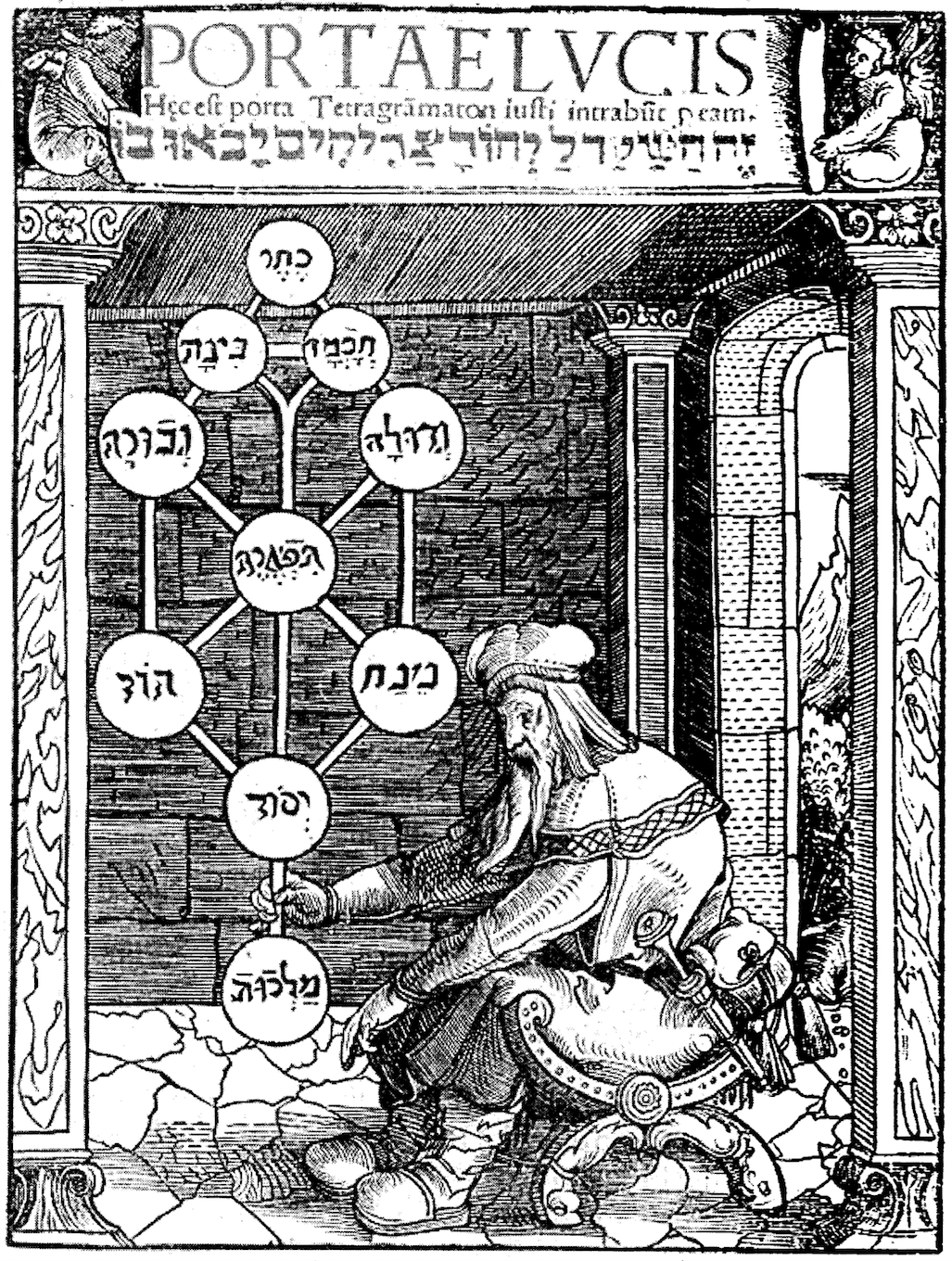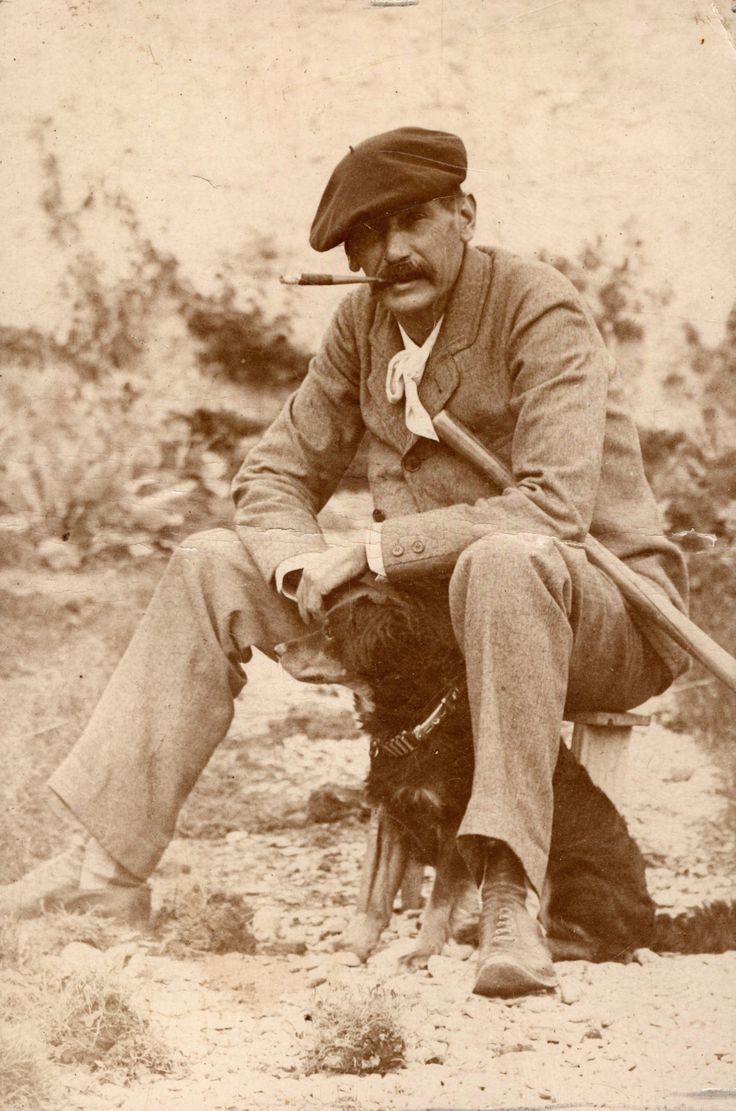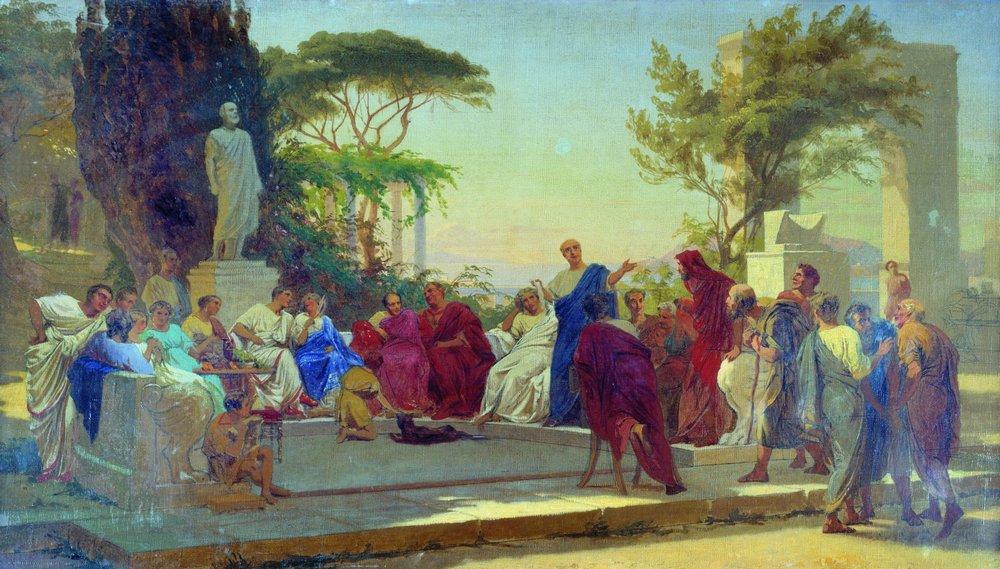|
Gothic Aspects In Frankenstein
When Mary Shelley's ''Frankenstein, Frankenstein; or, The Modern Prometheus'' was published in 1818, the novel immediately found itself labeled as Gothic fiction, Gothic and, with a few exceptions, promoted to the status of masterpiece. The Gothic wave began with Horace Walpole's ''The Castle of Otranto'' (1764), followed by aristocrat William Beckford (novelist), William Beckford's ''Vathek'' (1787), and peaked with the works of Ann Radcliffe (1791–1797). After a few spurts with ''The Monk'' by Matthew Gregory Lewis, Lewis (1796), it has since been in marked decline. After that, the novel moved on to something else, becoming historical with Walter Scott, and later truly romantic with the Brontë family, Brontë sisters. The Gothic did, however, persist within the Victorian era, Victorian novel, particularly in Wilkie Collins and Charles Dickens, but only as a hint. Before 1818, or at the time of ''Frankenstein''s composition, the genre was considered in bad taste, if not downri ... [...More Info...] [...Related Items...] OR: [Wikipedia] [Google] [Baidu] |
Frankenstein
''Frankenstein; or, The Modern Prometheus'' is an 1818 Gothic novel written by English author Mary Shelley. ''Frankenstein'' tells the story of Victor Frankenstein, a young scientist who creates a Sapience, sapient Frankenstein's monster, creature in an unorthodox scientific experiment that involved putting it together with different body parts. Shelley started writing the story when she was 18 and staying in Baden-Baden, Bath, and the first edition was published anonymously in London on 1 January 1818, when she was 20. Her name first appeared in the second edition, which was published in Paris in 1821. Shelley travelled through Europe in 1815, moving along the river Rhine in Germany, and stopping in Gernsheim, away from Frankenstein Castle, where, about a century earlier, Johann Konrad Dippel, an alchemist, had engaged in experiments. She then journeyed to the region of Geneva, Switzerland, where much of the story takes place. Galvanism and occult ideas were topics of convers ... [...More Info...] [...Related Items...] OR: [Wikipedia] [Google] [Baidu] |
Fantastique
''Fantastique'' is a French term for a literary and cinematic genre and mode that is characterized by the intrusion of supernatural elements into the realistic framework of a story, accompanied by uncertainty about their existence. The concept comes from the French literary and critical tradition, and is distinguished from the word "fantastic", which is associated with the broader term of fantasy in the English literary tradition. According to the literary theorist Tzvetan Todorov (''Introduction à la littérature fantastique''), the ''fantastique'' is distinguished from the marvellous by the hesitation it produces between the supernatural and the natural, the possible and the impossible, and sometimes between the logical and the illogical. The marvellous, on the other hand, appeals to the supernatural in which, once the presuppositions of a magical world have been accepted, things happen in an almost normal and familiar way. The genre emerged in the 18th century and knew a go ... [...More Info...] [...Related Items...] OR: [Wikipedia] [Google] [Baidu] |
Exoticism
Exoticism (from ''exotic'') is the style or traits considered characteristic of a distant foreign country. In art and design it is a trend where creators become fascinated with ideas and styles from distant regions and draw inspiration from them. This often involves surrounding foreign cultures with mystique and fantasy which owe more to the culture of the people doing the exoticism than to the exotic cultures themselves: this process of glamorisation and stereotyping is called "exoticisation". In a colonial context, it is the romanticisation or fetishisation of ethnic, racial, or cultural others, where the group is marked by difference. History of exoticism The word ''exotic'' is rooted in the Greek word 'outside' and means, literally, 'from outside'. It was coined during Europe's Age of Discovery, when "outside" seemed to grow larger each day, as Western ships sailed the world and dropped anchor off other continents. The first definition of ''exotic'' in most modern dictiona ... [...More Info...] [...Related Items...] OR: [Wikipedia] [Google] [Baidu] |
Vraisemblance
''Vraisemblance'' (French, "likelihood") is a principle developed in the theatrical literature of Classicism in France. It demands that the actions and events in a play should be believable. The principle was sometimes used to criticize soliloquy (speaking to the audience), and in late classical plays characters are almost invariably supplied with confidants (valets, friends, nurses) to whom they reveal their emotions. In literature, vraisemblance refers to ways 'in which a text may be brought into contact with and defined in relation to another text which helps make it intelligible' (Culler, pp. 140). Jonathan Culler suggests five different levels of vraisemblance in literature: #A socially given text taken as the 'real world' #A general cultural text in which a shared knowledge is recognizable #Texts of genre conventions #Self-referential texts that cite and expose genre conventions #Intertextual texts where 'one work takes another as its basis or point of departure and m ... [...More Info...] [...Related Items...] OR: [Wikipedia] [Google] [Baidu] |
Western Esotericism
Western esotericism, also known as the Western mystery tradition, is a wide range of loosely related ideas and movements that developed within Western society. These ideas and currents are united since they are largely distinct both from orthodox Judeo-Christian, Judeo-Christian religion and Age of Enlightenment rationalism. It has influenced, or contributed to, various forms of Western philosophy, mysticism, Western religions, religion, science, pseudoscience, Western art history, art, Western literature, literature, and Western culture#Music, music. The idea of grouping a wide range of Western traditions and philosophies together under the term ''esotericism'' developed in 17th-century Europe. Various academics have debated numerous definitions of Western esotericism. One view adopts a definition from certain esotericist schools of thought themselves, treating "esotericism" as a perennial philosophy, perennial hidden inner tradition. A second perspective sees esotericism as a ... [...More Info...] [...Related Items...] OR: [Wikipedia] [Google] [Baidu] |
Horror Fiction
Horror is a genre of speculative fiction that is intended to disturb, frighten, or scare an audience. Horror is often divided into the sub-genres of psychological horror and supernatural horror. Literary historian J. A. Cuddon, in 1984, defined the horror story as "a piece of fiction in prose of variable length... which shocks, or even frightens the reader, or perhaps induces a feeling of repulsion or loathing". Horror intends to create an eerie and frightening atmosphere for the reader. Often the central menace of a work of horror fiction can be interpreted as a metaphor for larger fears of a society. History Before 1000 The horror genre has ancient origins, with roots in folklore and religious traditions focusing on death, the afterlife, evil, the demonic, and the principle of the thing embodied in the person. These manifested in stories of beings such as demons, witches, vampires, werewolves, and ghosts. Some early European horror-fiction were the Ancient Greeks and Ancie ... [...More Info...] [...Related Items...] OR: [Wikipedia] [Google] [Baidu] |
Supernatural
Supernatural phenomena or entities are those beyond the Scientific law, laws of nature. The term is derived from Medieval Latin , from Latin 'above, beyond, outside of' + 'nature'. Although the corollary term "nature" has had multiple meanings since the ancient world, the term "supernatural" emerged in the Middle Ages and did not exist in the ancient world. The supernatural is featured in folklore and religious contexts, but can also feature as an explanation in more secular contexts, as in the cases of superstitions or belief in the paranormal. The term is attributed to non-physical entity, non-physical entities, such as angels, demons, gods and ghost, spirits. It also includes claimed abilities embodied in or provided by such beings, including Magic (supernatural), magic, telekinesis, levitation (paranormal), levitation, precognition and extrasensory perception. The supernatural is hypernymic to religion. Religions are standardized supernaturalist worldviews, or at least m ... [...More Info...] [...Related Items...] OR: [Wikipedia] [Google] [Baidu] |
Theistic Satanism
Theistic Satanism, otherwise referred to as traditional Satanism, spiritual Satanism, or religious Satanism, is an umbrella term for religious groups that consider Satan to objectively exist as a deity, supernatural entity, or spiritual being worthy of worship or reverence, whom individuals may believe in, contact, and convene with, in contrast to the atheistic archetype, metaphor, or symbol found in LaVeyan Satanism. Organizations who uphold theistic Satanist beliefs most often have few adherents, are loosely affiliated or constitute themselves as independent groups and cabals, which have largely self-marginalized. Another prominent characteristic of theistic Satanism is the use of various types of magic. Most theistic Satanist groups exist in relatively new models and ideologies, many of which are independent of the Abrahamic religions. In addition to the worship of Satan or the Devil in the Abrahamic sense, religious traditions based on the worship of other "adversarial ... [...More Info...] [...Related Items...] OR: [Wikipedia] [Google] [Baidu] |
Literary Realism
Literary realism is a movement and genre of literature that attempts to represent mundane and ordinary subject-matter in a faithful and straightforward way, avoiding grandiose or exotic subject-matter, exaggerated portrayals, and speculative elements such as supernatural events and alternative worlds. It encompasses both fiction (''realistic fiction'') and nonfiction writing. Literary realism is a subset of the broader realist art movement that began with mid- nineteenth-century French literature ( Stendhal) and Russian literature (Alexander Pushkin). It attempts to represent familiar things, including everyday activities and experiences, as they truly are. Background Broadly defined as "the representation of reality", realism in the arts is the attempt to represent subject matter truthfully, without artificiality and avoiding artistic conventions, as well as implausible, exotic and supernatural elements. Realism has been prevalent in the arts at many periods, and is in large ... [...More Info...] [...Related Items...] OR: [Wikipedia] [Google] [Baidu] |
Ars Poetica (Horace)
"Ars Poetica", or "The Art of Poetry" , sometimes referred to as the ''"Epistula ad Pisones"'', or "Epistle to the Pisos", is a poem written by Horace c. 19 BC, in which he advises poets on the art of writing poetry and drama. The ''Ars Poetica'' has "exercised a great influence in later ages on European literature, notably on French drama", and has inspired poets and authors since it was written. Although it has been well-known since the Middle Ages, it has been used in literary criticism since the Renaissance. Background The poem was written in hexameter verse as an Epistle (or Letter) to Lucius Calpurnius Piso (the Roman senator and consul) and his two sons, and is sometimes referred to as the ''Epistula ad Pisones'', or "Epistle to the Pisos". The first mention of its name as the "''Ars Poetica''" was c. 95 by the classical literary critic Quintilian in his ''Institutio Oratoria'', and since then it has been known by that name. The translations of the original epistle are typi ... [...More Info...] [...Related Items...] OR: [Wikipedia] [Google] [Baidu] |
Horace
Quintus Horatius Flaccus (; 8 December 65 BC – 27 November 8 BC), Suetonius, Life of Horace commonly known in the English-speaking world as Horace (), was the leading Roman lyric poet during the time of Augustus (also known as Octavian). The rhetorician Quintilian regarded his '' Odes'' as the only Latin lyrics worth reading: "He can be lofty sometimes, yet he is also full of charm and grace, versatile in his figures, and felicitously daring in his choice of words."Quintilian 10.1.96. The only other lyrical poet Quintilian thought comparable with Horace was the now obscure poet/metrical theorist, Caesius Bassus (R. Tarrant, ''Ancient Receptions of Horace'', 280) Horace also crafted elegant hexameter verses ('' Satires'' and '' Epistles'') and caustic iambic poetry ('' Epodes''). The hexameters are amusing yet serious works, friendly in tone, leading the ancient satirist Persius to comment: "as his friend laughs, Horace slyly puts his finger on his every fault; once let ... [...More Info...] [...Related Items...] OR: [Wikipedia] [Google] [Baidu] |








